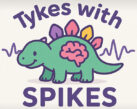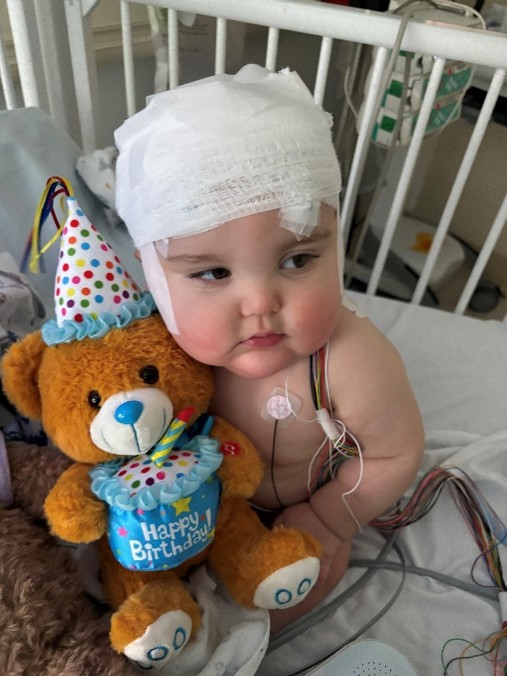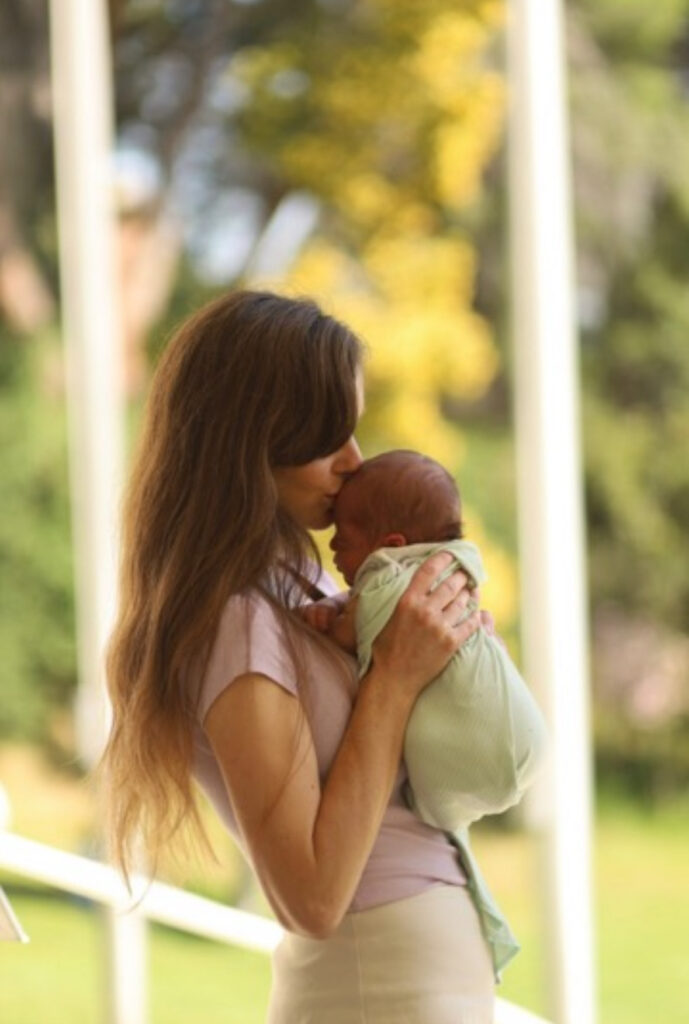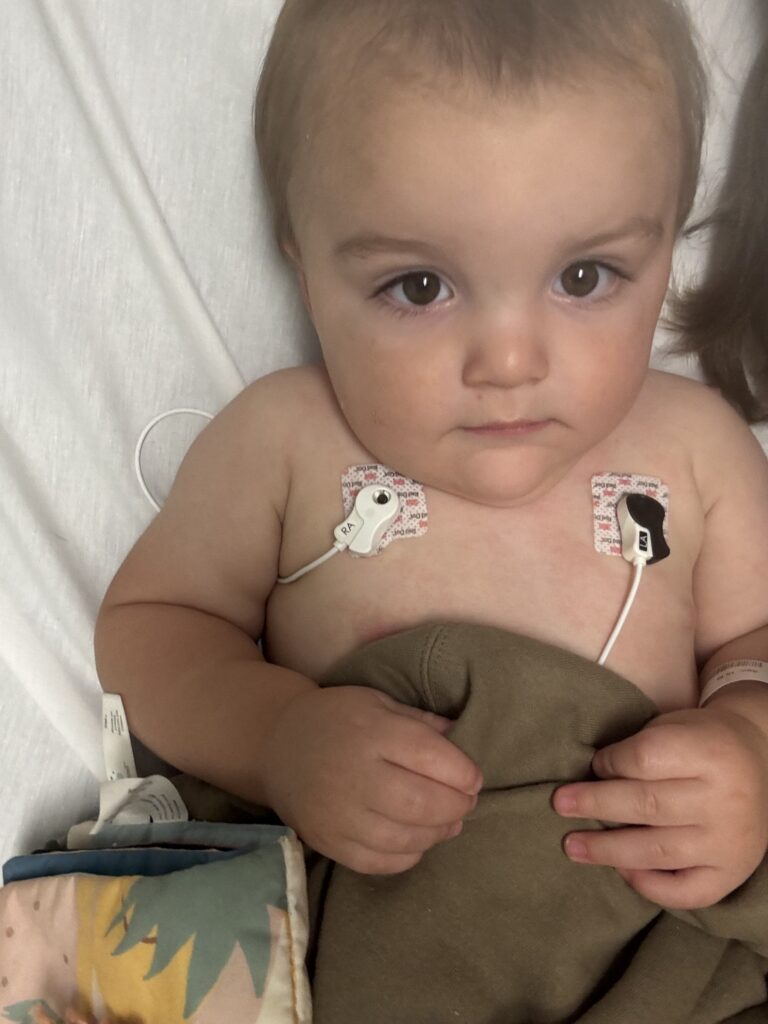The inspiration behind Tykes with Spikes is my son, Owen.
Born in April 2024, Owen was a healthy baby—aside from a few minor findings like an enlarged kidney and a single palmar crease, which genetics deemed non-issues. We were told to follow up only if developmental concerns arose.
Owen thrived in his first months—he loved music, food, swimming, and stroller runs. But around nine months old, subtle and sudden jerking movements began, mostly upon waking. They seemed mild at first, but quickly escalated into clusters of spasms involving head drops, trunk flexion, and a gasping sound. His pediatrician initially attributed them to reflux or sleep disturbances, and even a second opinion didn’t raise concern.
Still, something didn’t feel right. I noticed Owen regressing—he stopped trying to crawl, no longer sat independently, and wasn’t smiling or engaging. I recorded videos and paid out of pocket to see a specialized physical therapist across Los Angeles. She was concerned and advised us to contact genetics again.
Genetics reassured us it was “likely just a phase,” but at my insistence, referred us to neurology. When the neurologist saw the videos another week later, we were immediately admitted to the hospital for suspected Infantile Spasms. He was placed on EEG monitoring with countless stickers on his little head and far too many wires for such a small fella. The only thing keeping Owen from ripping off all the stickers on his head was his little crinkle sensory blanket.
Within 20 minutes of EEG monitoring, Owen was diagnosed with West Syndrome, a severe form of epilepsy marked by a chaotic brain wave pattern with high voltage spikes and no organization called hypsarrhythmia, clusters of spasms, and developmental regression. We were told the prognosis varies: about one-third respond well to treatment, one-third struggle with seizure control, and one-third never gain control—often leading to lifelong challenges. Diagnostic delays also a prognostic factor with prolonged hypsarrhythmia contributing to worse outcomes. I thought about the month I had spent trying to get a diagnosis. I now know that sadly, delays in diagnosis are far from uncommon due to lack of curriculum including this rare form of epilepsy and decreased awareness of this condition in healthcare settings. I tried to keep my infinite thoughts and questions organized on napkins and scrap paper and asked to talk to a social worker.
I was overwhelmed. We started Owen on high-dose steroids (prednisolone), the first-line treatment. The side effects were brutal: insomnia, constant hunger, and extreme irritability. But on day five, the spasms stopped.
The relief was short-lived. Owen became lethargic and cold, with a dangerously low heart rate—likely from the high steroid dose. He was admitted again, stabilized, and monitored. Early testing, including a brain MRI, genetic testing and metabolic panel, came back normal—a hopeful sign. Full genome sequencing with be repeated in the future.
Despite the difficult side effects, Owen remained seizure-free. We enrolled him in early intervention through the Regional Center, where therapists estimated his developmental age at 2–3 months—devastating, as this was a baby who once rolled over at two months and tried crawling at four.
After weeks of vigilance and hope, just as we were tapering off steroids, the spasms returned. We canceled a planned trip for Owen’s first birthday and ended up back in the hospital for EEG monitoring. Miraculously, no seizures were detected. We made the most of his birthday—playing games, cuddling in what we called his “California king crib,” and being uplifted by incredible nurses.
Back home, Owen stabilized. He completed the steroid taper 10 lbs heavier (weight gain is a common side effect) and began intensive physical and occupational therapy. He’s now making meaningful progress—rebuilding skills and reclaiming his spark.
We still face uncertainty, but we’re moving forward with hope and determination.
Owen is a fighter. He inspires me every day, and it’s because of him that we aim to raise awareness, support, and minimize diagnostic delays to improve outcomes for children like him.
Thank you for reading and supporting our mission.



